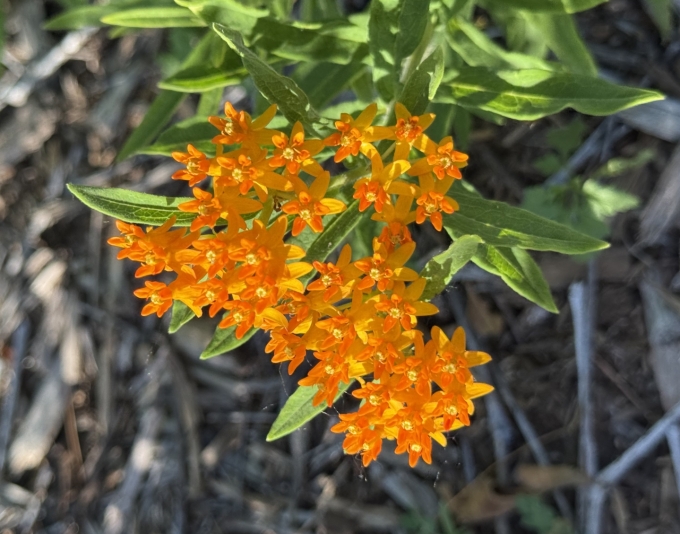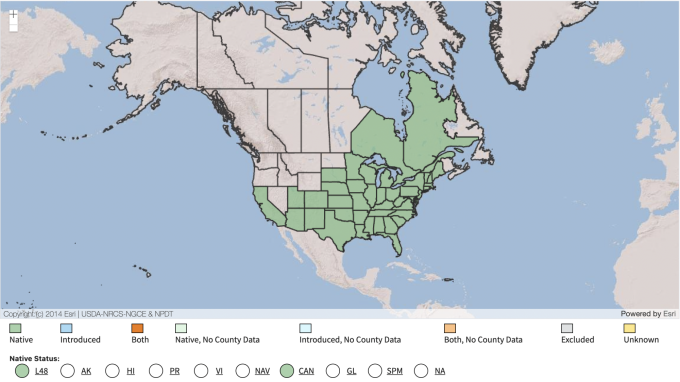Common Name: Butterfly Weed
Family: Apocynaceae
Plant Type: Herbaceous Perennial
Native Range: Eastern and Central United States, including Nebraska
Hardiness Zones: 3–9
Height: 1.0 to 2.5 feet
Spread: 1.0 to 1.5 feet
Bloom Time: June to August
Bloom Description: Vivid orange to yellow-orange clusters
Sun Exposure: Full sun
Water Needs: Dry to medium
Soil Preference: Well-drained, sandy or rocky soils
Management Level: Low-once established
Suggested Use: Naturalize, rain garden, pollinator garden, slopes
Attracts: Butterflies, bees, hummingbirds
Tolerates: Deer, drought, erosion, dry soils, shallow-rocky soils
Notable Features: Taprooted, long bloom time, no milky sap, hard to establish from transplant best growing from seed
Nebraska Growing Notes:
Butterfly milkweed is one of Nebraska’s most striking native perennials and a magnet for pollinators. It thrives in dry prairies, glades, roadsides, and disturbed areas statewide, often blooming when other wildflowers are dormant in early summer heat. Its deep taproot allows it to tolerate drought, poor soils, and neglect, making it an ideal choice for low-maintenance or xeric plantings.
This species lacks the characteristic milky sap of other milkweeds and emerges late in spring. It may take several seasons to bloom when grown from seed, but once established, it’s long-lived and can slowly self-seed under the right conditions.
Landscape Use:
Perfect for dry meadows, native borders, rain gardens, and sunny slopes. Whether massed in bold drifts or tucked into prairie-style beds, butterfly milkweed adds vibrant color and essential habitat for monarch butterflies. Its seed pods also provide ornamental interest and are valued in dried arrangements.
Caution:
Does not transplant well due to its taproot, choose planting sites carefully. Avoid overly wet soils to prevent crown rot. Though tough, it may be susceptible to rust or leaf spot in humid conditions.
Garden Locations:
Bed(s) 10


